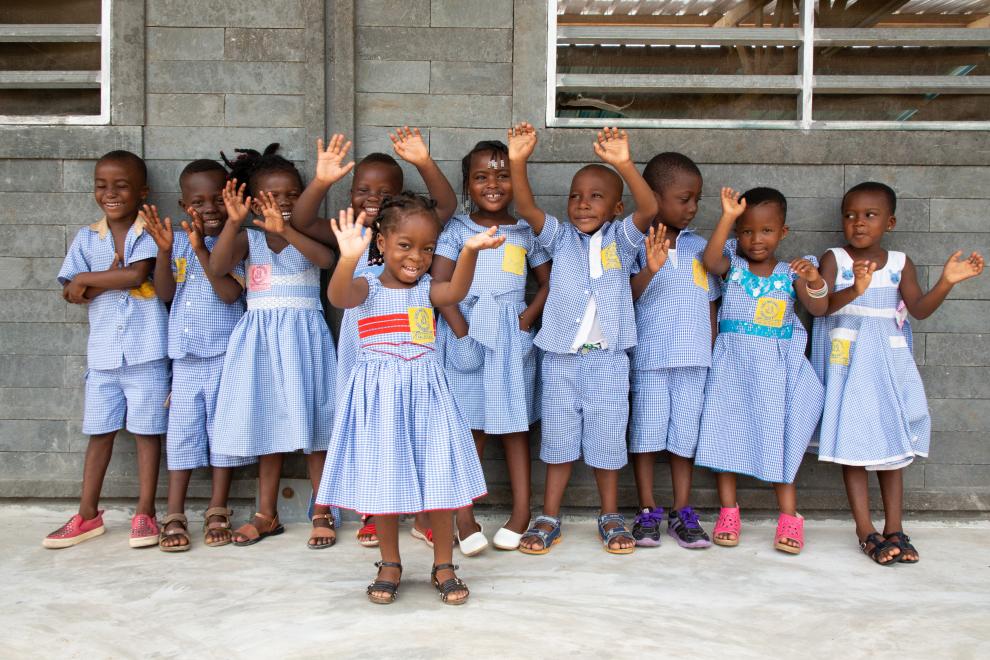Education systems are complex. Getting all children in school and learning requires alignment across families, educators and decision makers. It requires shared goals, and national policies that put learning at the centre. It also requires data collection and regular monitoring to help policymakers identify what’s working, who’s benefiting, and who’s being left behind.
Strong education systems are inclusive and gender-equitable. They support early learning and multi-lingual education, and foster innovations to extend education opportunities to the hardest-to-reach children and adolescents.
Innovation in education
Innovation in education is about more than new technology. It’s about solving a real problem in a fresh, simple way to promote equity and improve learning.
Innovation in education comes in many forms. Programmes, services, processes, products and partnerships can all enhance education outcomes in innovative ways – like customized games on solar-powered tablets that deliver math lessons to children in remote areas of Sudan. Or digital learning platforms that teach refugees and other marginalized children the language of instruction in Greece, Lebanon and Mauritania.
Innovation in education means solving a real problem in a new, simple way to promote equitable learning.
Innovation in education matches the scale of the solution to the scale of the challenge. It draws on the creativity and experience of communities – like a programme in Ghana that empowers local mothers and grandmothers to facilitate early childhood education – to ensure decisions are made by those most affected by their outcomes.
Many innovators are already at work in classrooms and communities. UNICEF collaborates with partners to identify, incubate and scale promising innovations that help fulfil every child’s right to learn.
